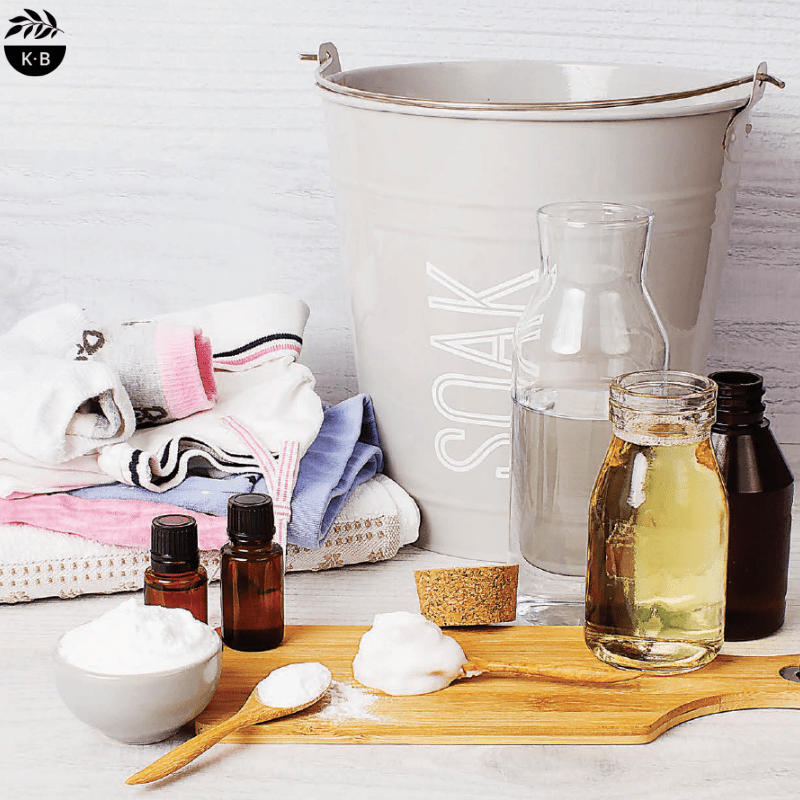I just love beeswax covers. What a great alternative to disposable, land-filling, single-use cling film! I bought one set which lasted me over 12 months (so you really do get value for money) however, I wouldn’t be me if I didn’t try to ‘DIY’ and write up a recipe now, would I?
I have seen recipes for beeswax covers/wraps that require pine resin and jojoba oil. If you feel like giving these go, go for it. But they do get a little fiddly and while my version isn’t quite as sticky, it still works well.
They makes the perfect ‘green’ kitchen companion and also make a gorgeous gift to give! So, here it is in all its simple, cost-effective and empowering glory.
Note: Make sure you read the ENTIRE recipe before starting, as well as the notes. I have done the hard yards (you should see how much beeswax I had to get off my ironing board, iron and floor!!) so if you prepare yourself properly, you should have 100% success the first time!
Reusable Beeswax Covers
Makes: enough for 1 wrap Prep time: < 10 min.
Ingredients
- tight-weave fabric of choice (approx. 30 x 30 cm)
- 2 tbsp beeswax (approx., plus additional if required)

Extra Equipment Required
- pinking shears
- baking paper – 2 large pieces
- iron
Method
1. Measure fabric and cut using pinking shears – this minimises fraying of edges.
2. Lay down a large sheet of baking paper and place fabric on top. Add beeswax to the centre of the fabric.

3. Place a second sheet of baking paper on top, and iron (on low setting) with gentle pressure, pushing melted wax towards the outer edges.
4. Continue until all of the fabric has been saturated with beeswax.
5. If required, lift paper and sprinkle on more beeswax, and continue ironing.
6. Before removing the baking paper, it is important to make sure the entire piece of fabric is evenly coated with beeswax and still hot. Quickly lift the top piece of baking paper off, then grab two corners of fabric and remove from the bottom sheet of baking paper.
7. Hold up the coated fabric for 5-10 seconds, or until dry.

To Use
Recipe Notes
Make sure your baking paper is larger than your fabric square. The amount of beeswax in this recipe should cover fabric approximately 30 x 30 cm in size.
These covers are not watertight or airtight. They are perfect for covering leftovers or pieces of cut fruit and veg.
DO NOT cover raw meat.
What do you do with your beeswax wraps at the end of their lifespan? Properly cared for, these wraps will last 6-12 months. When the beeswax looks like it is starting to flake and crease, you can pop them in the oven on a very low temp (best done on some baking paper), until you see the wax start to soften – usually a few minutes. You could also repeat the recipe process and iron on some beeswax to re-coat. When you feel like it is really the end, so long as you used natural fabrics (cotton, bamboo, hemp etc.), you can compost them.







5 Comments
these were super easy for our cubs to make, with supervision for the ironing, as they learnt about sustainability. They were excited to use them for their lunch the next day.
Hey krissy! You mentioned to me at the event in Esperance where to get ethical beeswax from. Can you remind me please?
Hi Carly, I sure can – Northern Light Beeswax. I share all of my ingredient suggestions here > https://krissyballinger.com.au/blog/my-favourite-suppliers-of-natural-ingredients-packaging-accessories/
Krissy have you ever used your thermo to blitz some chunks of beeswax into more manageable pellet sized bits? I’ve been gifted a 500g block
I wouldn’t recommend it! It’s very difficult to clean. Best idea, if you can’t access pellets, is to dedicate a hand grater to beeswax. Good luck 🙂